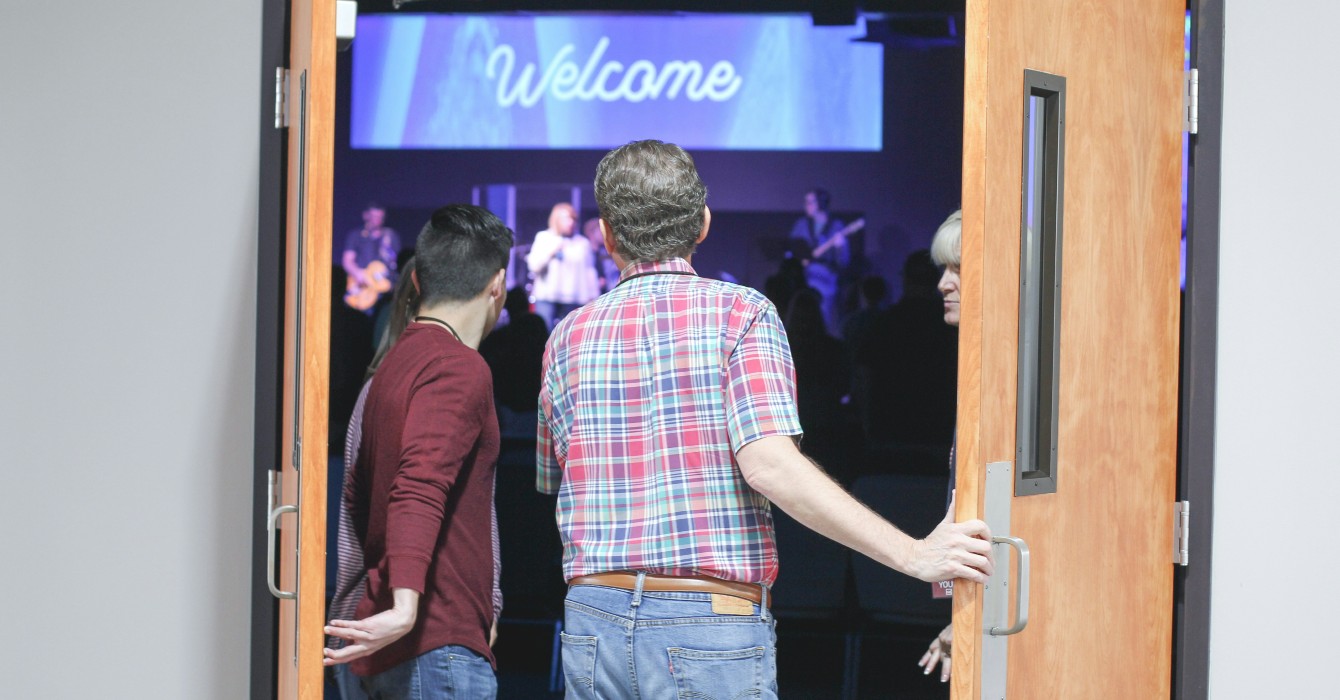View a larger version of the map »
The comedian Lewis Black joked that he saw his own vision of the apocalypse when he was standing in front of a Starbucks in Houston and turned around and saw … another Starbucks.
“There is a Starbucks across the street from a Starbucks,” Black said. “And, ladies and gentlemen, that is the end of the universe.”
Or a sign of the times -- in both the corporate and the religious marketplace.
Although many church leaders are concerned about decline, the 2010 U.S. Religion Census showed that some religious organizations are experiencing substantial growth.
The ones that showed big gains, such as the Church of Jesus Christ of Latter-day Saints, nondenominational congregations and some Pentecostal churches, tended to grow as they expanded into new geographical territory.
And expansion is not limited to Christian groups. Muslim and Buddhist congregations were reported in all 50 states, and Hindu houses of worship were found in 49 states.
What lessons can mainline leaders draw from this data?
For starters, the U.S. religious “marketplace” has gotten a lot more competitive.
Nondenominational and independent churches, for example, now can be found in 88 percent of U.S. counties. If their numbers were added together, they would be among the top five religious groups in 48 states.
Hartford Seminary researcher Scott Thumma says independent churches have become “an alternative to denominational religiosity in every market.”
In a nation where people tend to move more frequently and are less likely to be loyal to denominations, religious traditions that are not in sizable markets are at greater risk of losing members to other groups.
On the positive side, planting congregations in new areas seems to pay off.
Census maps of three fast-growing denominations show that the new counties populated by the three groups are scattered across the country, not just in traditional strongholds.
The study found that from 2000 to 2010, the Church of Jesus Christ of Latter-day Saints reported a 45 percent increase in adherents; the Seventh-day Adventists, 30 percent; and the Assemblies of God, 15 percent.
Overall, the religious groups “that were showing big gains also were entering into new territories,” said Dale Jones, a researcher on the study.
The good news for everyone is that even denominations with stagnant or declining growth are finding success outside their traditional bases.
For example, the Catholic Church showed an overall decline in adherents between 2000 and 2010. But it grew more than other Christian groups in 11 states, including Georgia, Nevada and Oregon -- outside the church’s base.
Fast-growing denominations also tend to close a higher percentage of churches than do declining denominations.
From 1985 to 2005, the Church of the Nazarene, which was growing, closed an average of 1.2 percent of its congregations annually. The Presbyterian Church (U.S.A.), which was experiencing substantial membership losses, closed just 0.66 percent annually during the same period. Kevin Dougherty and Jared Maier of Baylor University and Brian Vander Lugt of Grand Rapids, Mich., reported the results in the Review of Religious Research.
Overall, evangelical groups have shown a greater willingness to close congregations that are unsuccessful in one area and move to another in response to demographic changes, Jones said. They also are more likely to start new churches, even though new congregations, like new businesses, have a higher failure rate.
In the end, “starting new churches is the most effective way of gaining new people,” said Jones, who is director of research services for the Church of the Nazarene Global Ministry Center.
The numbers also show that there is still a great untapped market out there for all religious groups.
There were more than 340,000 congregations in the U.S. in 2010, with about 150 million adherents. That’s less than half the total U.S. population, leaving a lot of people without a spiritual home.
And those people have far more opportunities to worship than to stop by a certain coffeehouse; even though Lewis Black might think they’re ubiquitous, there are only about 13,000 U.S. Starbucks.







